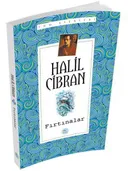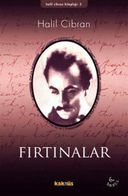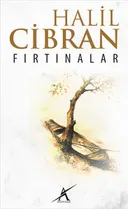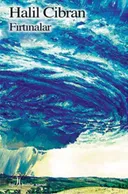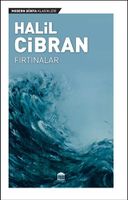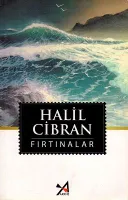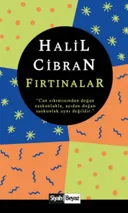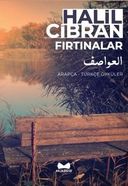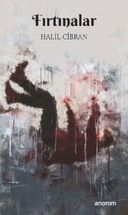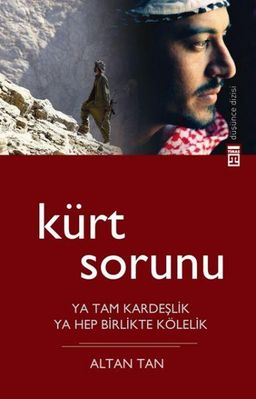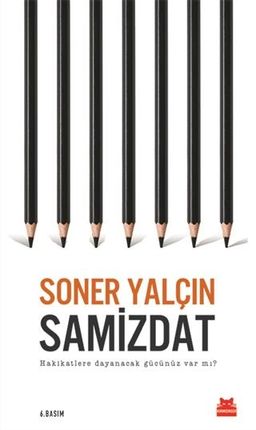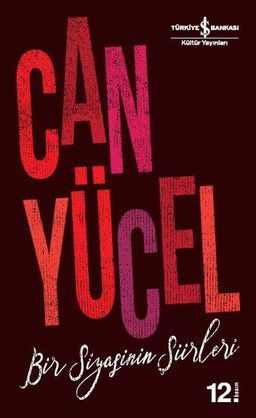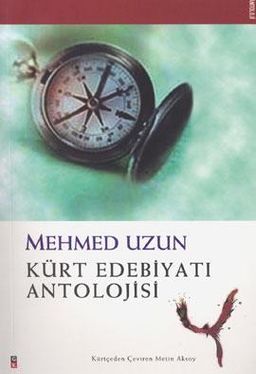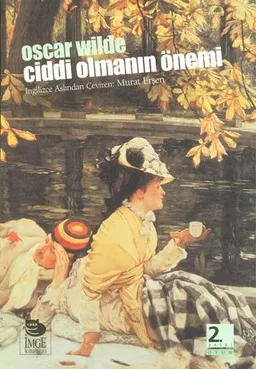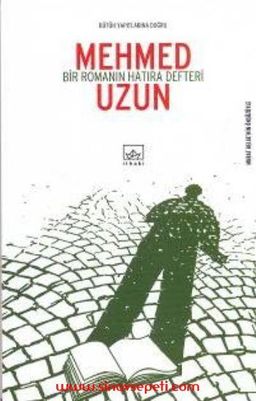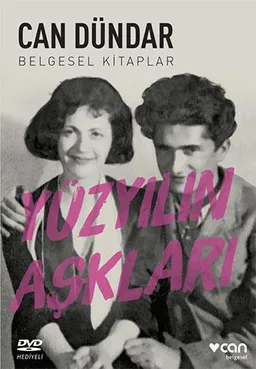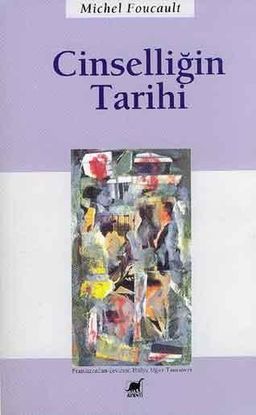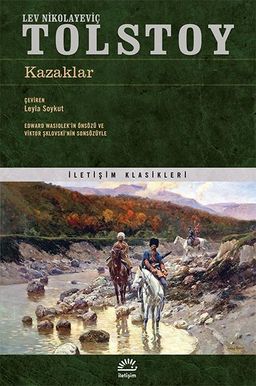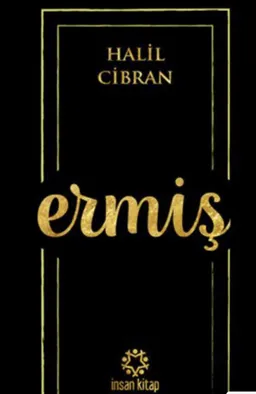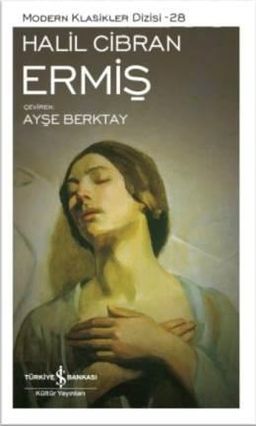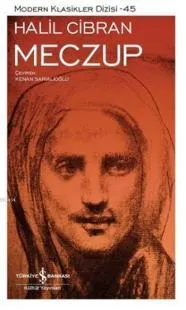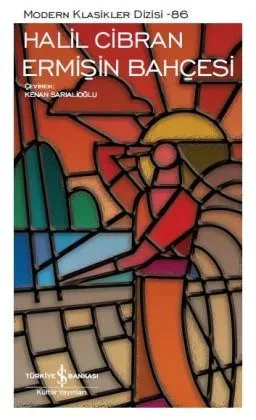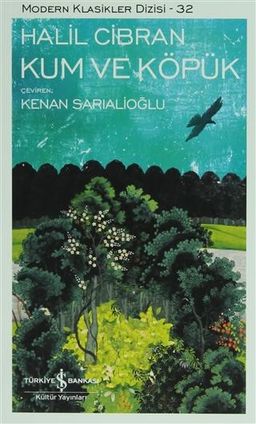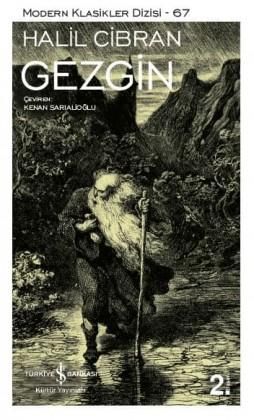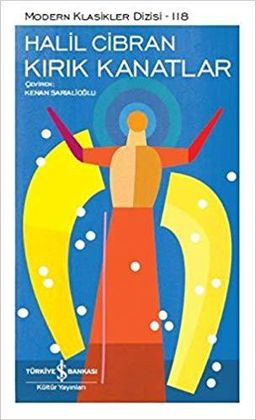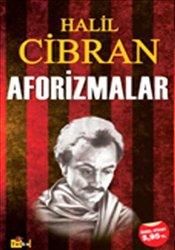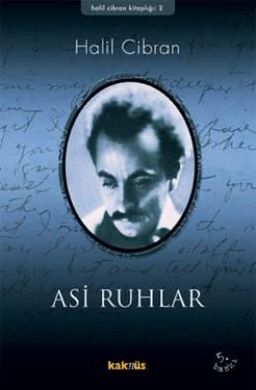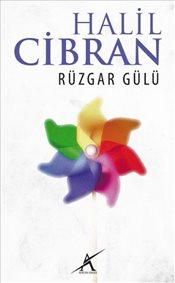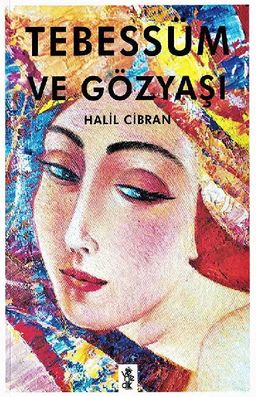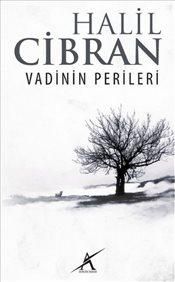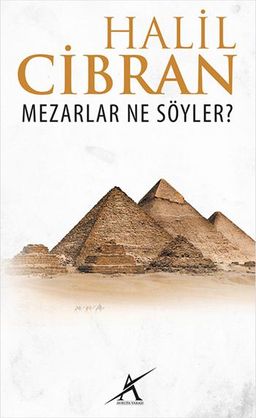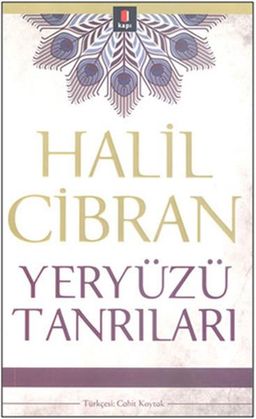About Fırtınalar
Fırtınalar subject, statistics, prices and more here.About
Cibran'ın Fırtınalar adlı eserinden: ''Biz kaderin çocuklarıyız keder dünyaya iyilik ve bilgi yamurları yağdıran bulutlardır. Sizde sevinçlerin çocuklarısınız; sevinçleriniz ne kadar yükseğe uzansa da sonuçta onlar rüzgarların devirdiği elementlerin yerle bir ettiği duman sütunlar gibidir.''Arapça'dan Türkçeye çevrilen öykülerin yer aldığı eserden Orta ve üst düzey Arapça öğrencileri rahat kolay ve duygu yüklü bir okuma yapabilir.
Author: Halil Cibran
Translator: Şehide Cengiz Arslan
Türler:
Estimated Reading Time: 9 hrs. 4 min.Page Number: 320Publication Date: February 2020First Publication Date: 2003Publisher: Muarrib YayınlarıOriginal Title: العواصفISBN: 9786056866371Country: TürkiyeLanguage: TürkçeFormat: Karton kapak
Other Editions
Fırtınalar
539 okunmaAraf Yayınları · November 2012 · 204 syf
Fırtınalar
96 okunmaMaviçatı Yayınları · March 2016 · 224 syf
Fırtınalar
90 okunmaKaknüs Yayınları · 2003 · 167 syf
Fırtınalar
85 okunmaAvrupa Yakası Yayıncılık · August 2013 · 223 syf
Fırtınalar
66 okunmaİlgi Kültür Sanat Yayınları · September 2017 · 200 syf
Fırtınalar
53 okunmaOlympia Yayınları · March 2020 · 244 syf
Fırtınalar
35 okunmaArkhe Yayınları · 2013 · 224 syf
Fırtınalar
30 okunmaSiyah Beyaz Yayınları · July 2020 · 220 syf
Fırtınalar
18 okunmaMuarrib Yayınları · February 2020 · 320 syf
Fırtınalar
15 okunmaErasmus Yayınları · 2017 · 222 syf
Fırtınalar
7 okunmaAnonim Yayıncılık · June 2021 · 182 syf
Book Statistics
All statistics
Statistics of this edition
Reader Profile of the Book
Kadın% 60.5
Erkek% 39.5
0-12 Yaş
13-17 Yaş
18-24 Yaş
25-34 Yaş
35-44 Yaş
45-54 Yaş
55-64 Yaş
65+ Yaş
About the Author
Halil CibranYazar · 89 books
This text has been automatically translated from Turkish. Show Original
Gibran was born in 1883 as a child of a Maronite family in the Lebanon Governorate under the control of the Ottoman Empire. He immigrated to the USA with his family and siblings in 1895. He attended school in the city of Boston while his mother worked as a seamstress. Noticing Gibran's creativity, his teacher introduced him to photographer and publisher F. Holland Day. Gibran was sent back to his hometown by his parents at the age of fifteen to enroll at the Collège de la Sagesse in Beirut.
In 1904, Gibran's drawings were exhibited for the first time at Day's studio in Boston, and his first book in Arabic was published in New York in 1905. Gibran studied art in Paris from 1908 to 1910, with the financial help of his newly met philanthropist Mary Haskell. While there, he met Syrian political thinkers who supported rebellion in the Ottoman Empire after the Young Turk Revolution; Some of Gibran's writings, expressing the same ideas as well as anticlericalism, would eventually be banned by the Ottoman authorities.
His works and thoughts had a wide impact around the world. Gibran, whose poems have been translated into more than twenty languages, was also a successful painter. Some of his paintings are exhibited in many cities around the world today.
The author, who spent the last twenty years of his life in the USA, wrote his works in English in this country, where he stayed until his death.
One of Khalil Gibran's most famous works, Nebi, which was first published in 1923, is a book of mixed poetry essays consisting of a total of 26 poems. The book itself consists of the story of a prophet named El Mustafa being stopped by a group of people when he was about to leave the city of Orphalese, where he stayed for 12 years, and going home, and the conversations between the main hero and the people about the general situation of humanity and life. The name given by Gibran to the person named El Mustafa in this book is the Prophet Muhammad. There are those who claim that it points to Muhammad. However, the texts in the book mostly show similarities and parallels in terms of content and style with Jesus' Sermon on the Mount, which takes place in the 5th chapter of the Gospel according to Matthew. If the studies in the author's book titled Jesus, Son of Man are taken into consideration, the claims that El Mustafa could be Jesus Christ, Son of Mary, become even stronger. The Garden of the Saint is the sequel to Khalil Gibran's book The Saint. Its translation into Turkish was made by R.Tanju Sirmen. Publication year 1999.

